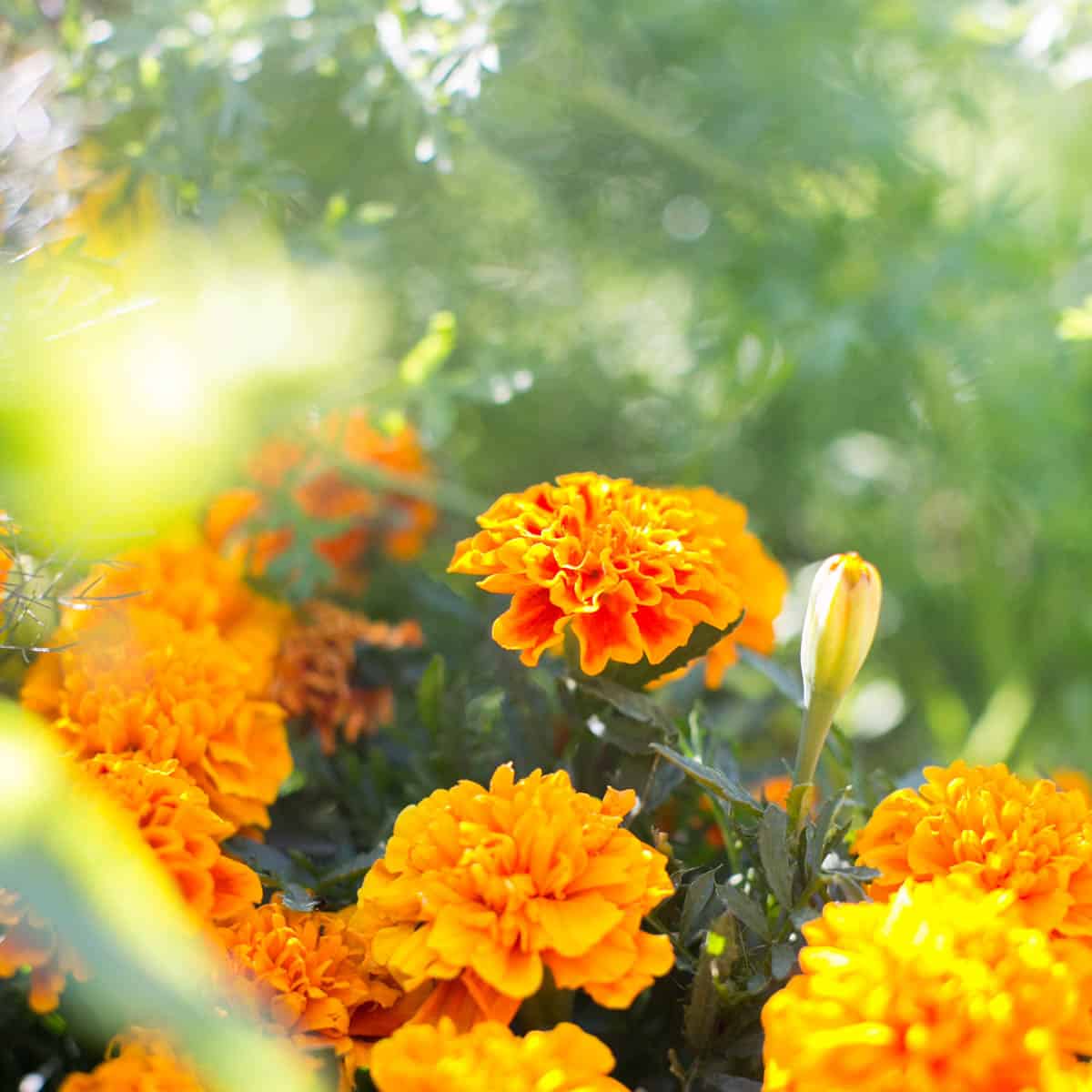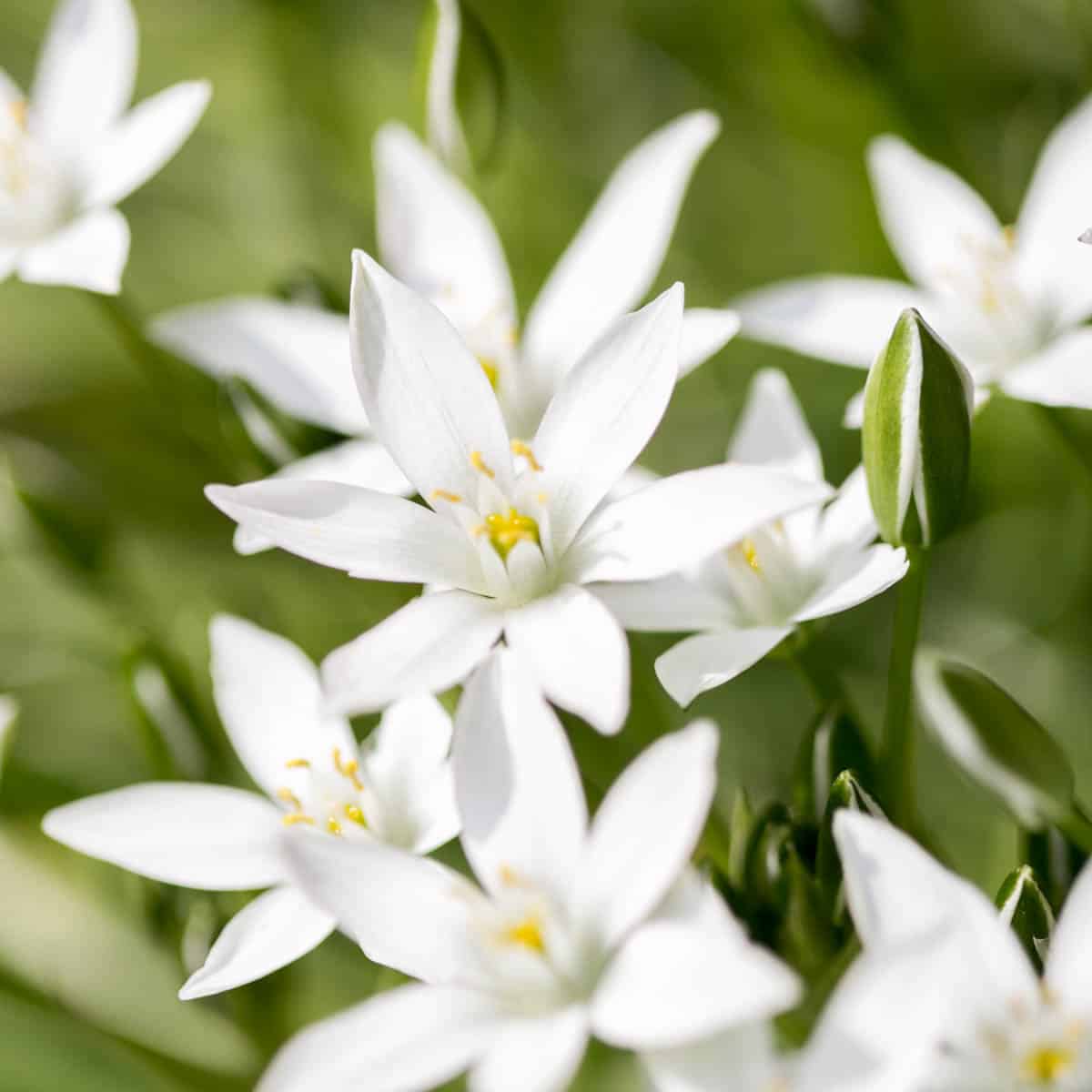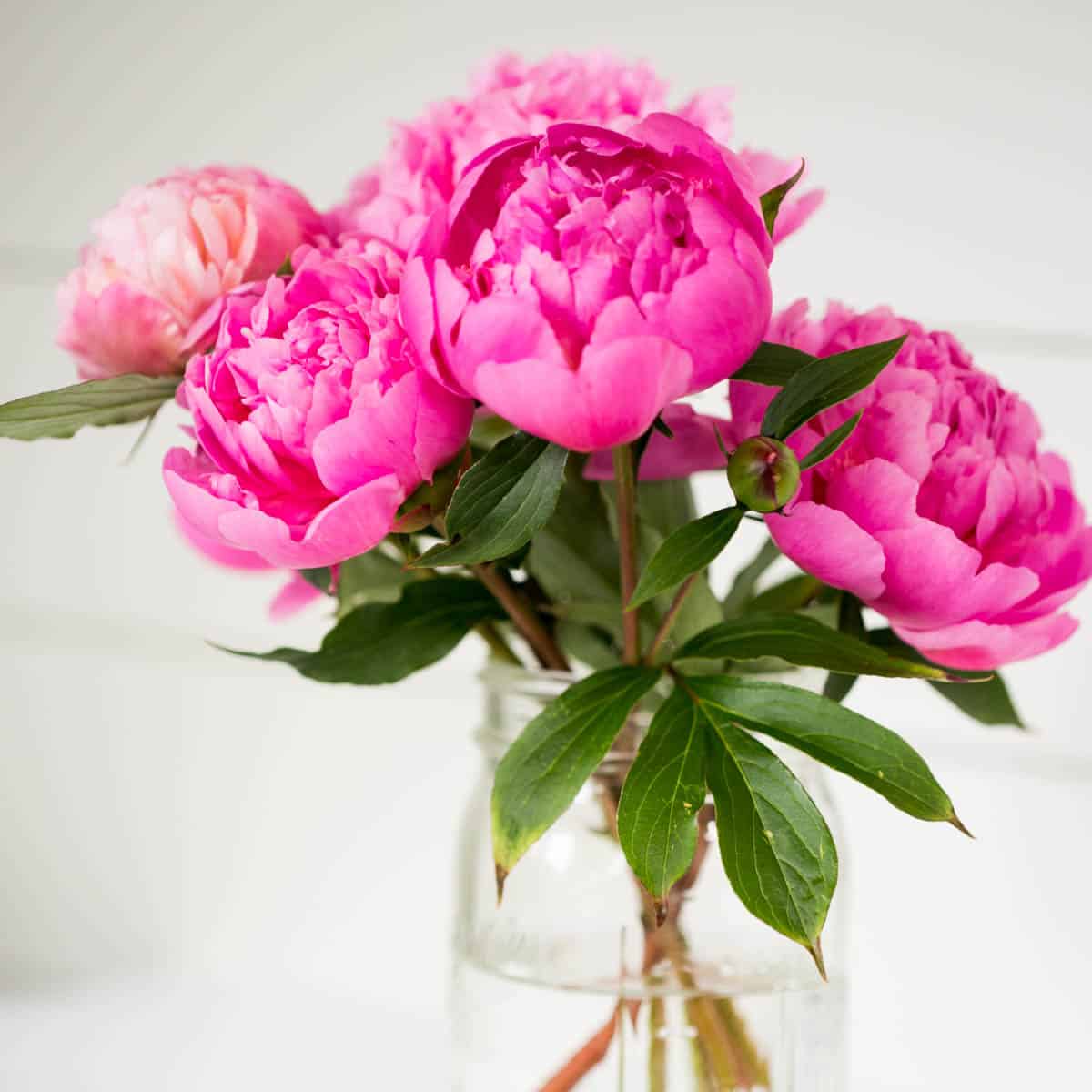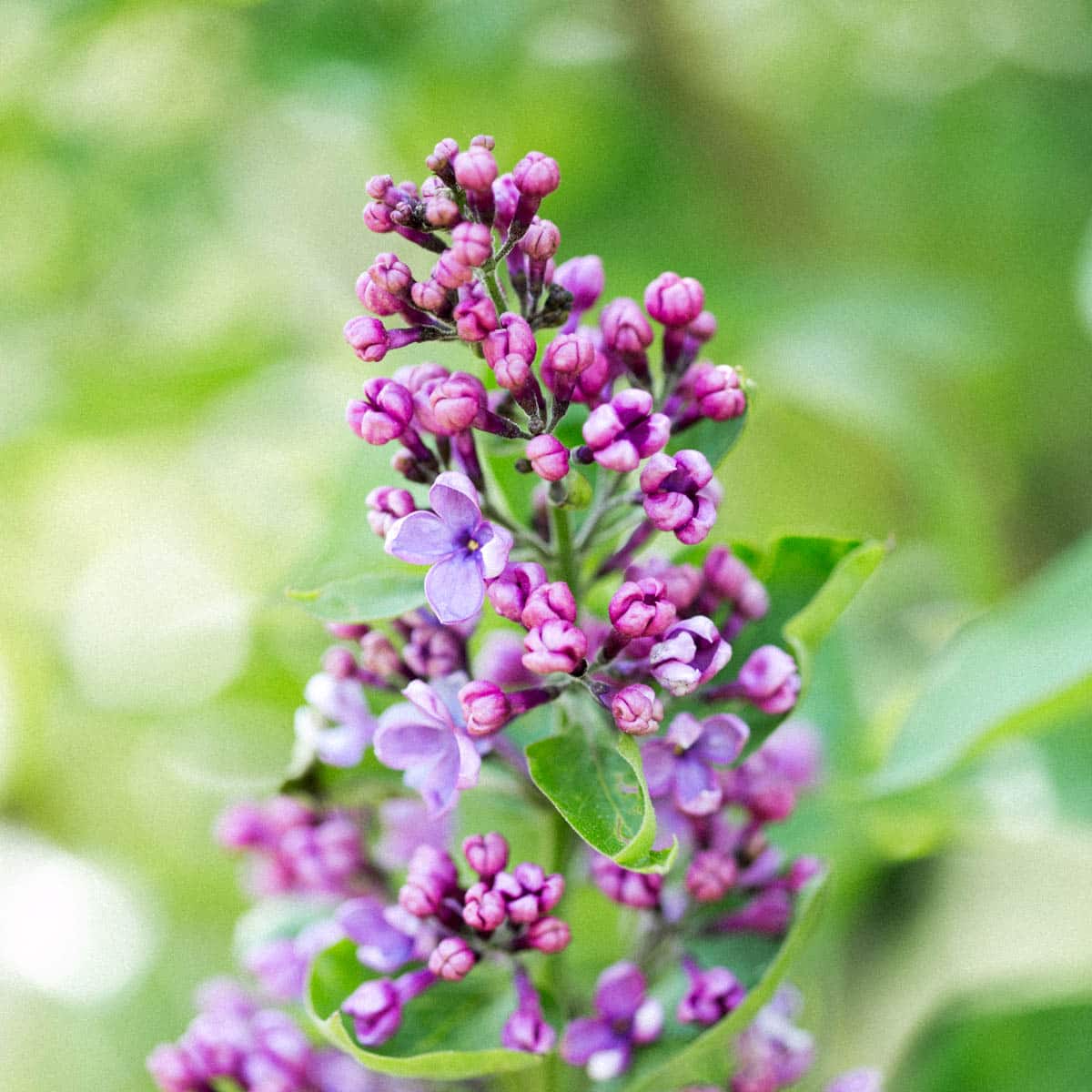Violas: How To Grow + Care For These Charming Flowers
With their cheery heart-shaped faces, viola flowers bring vibrant color as the cold winter settles in.
Resistant to cool temperatures, the charming little violas on my patio have survived the winter frost and are still poking their head up to meet the sun (or clouds, as it were)- each morning. I think they are a fabulous way to breathe some much needed color into late fall!

These short-lived perennials thrive in cool climates and are a must-have for any winter or early spring garden.
Viola plants are easy to care for and are available in hundreds of unique colors. As a bonus, they are an edible flower and have a long growing season when given proper care. They certainly can withstand harsher temperatures than many other flowers!
Let’s learn all about viola flowers and how to give them the best care so they thrive.
Hello there! If we haven’t met, my name is Jamie. I’m a lifelong plant enthusiast with a background in environmental studies. I’m excited to share all I know about violas- they are the perfect flower for spring gardens which are coming right up!
Quick take: Violas need moist but well-drained soil, regular watering, and partial shade to thrive. They love the cooler weather and are perfect in pots, containers and cottage gardens!
About Violas
Violas are the smallest member of the Viola genus and bring color to the cool seasons of early spring and late fall. They are commonly known as Johnny Jump Ups, wild pansies or viola tricolor.

Often mistaken as pansies, they bloom simultaneously and come from the same family. They are, however, much smaller than pansies and can usually withstand cooler temperatures than their larger cousins.
There are over 500 different species of violas in thousands of color combinations. Commonly sold violas can be purchased in mounding, trailing or spreading varieties, making them a perfect addition to a cottage flower garden or front porch flower pot!
Violas can withstand the cooler months of late fall (I have some blooming in zone 6b in mid-December) and cool spring temperatures. They are brightly colored cool-weather flowers that bring charm and color to borders, flower boxes, and containers.
As an added bonus, violas often self seed and re appear the following year or season!
Violas make a great companion plant when tucked between larger plants like snapdragons and pansies in the fall and tulips or daffodils in the spring!

Learn how to make a charming pumpkin planter featuring violas here.
Growing Conditions
Luckily, these charming cool-weather flowers are incredibly easy to grow! Violas will thrive before the warmer temperatures of late spring and early summer kick in.
They crave fertile, well-draining soil and a cool spot to grow their roots. Learn how to meet all their growing needs here:
Soil
Soil in the ground: Violas need well-draining, moist soil full of organic material. They crave a slightly acidic soil so if your soil is more alkaline, add peat moss or aluminum sulfate to increase acidity.
In pots: When planting in pots and containers, use well-draining potting soil. Do not use soil from the garden beds, as it will compact within the pot and cause issues with drainage and nutrient uptake.
Light
Violas can withstand various lighting conditions so long as temperatures remain cool. In cold weather, they can thrive in part shade, shade, and full sun.
Once the heat of summer kicks in, they need to be protected from intense heat and moved to a shaded or partially shaded area. If grown in pots or containers, move your plant to an area with dappled shade.
You can transplant the flowers to a shady area when grown in the ground. Do this early in the morning before the heat of the day and water the plants well.

Temperature
Violas thrive in moderate temperatures between 40 degrees to 70 degrees.
That being said, they can survive frosts when protected: plant them in a pot or container and add mulch around the base of the plants to insulate them from the harsh winter frosts. Keeping the container close to the wall of the house can help protect against colder weather.
These versatile flowers can also thrive in summer if watered regularly and given a shady, cool spot in which to grow.
How To Water Violas
Water violas when the top inch of soil is dry. The goal is to keep the plant well-watered but not soaked. Water about once a week in mild weather.
Violas need their soil to be kept consistently moist but not soggy. Check the soil moisture for viola flowers several times a week during dry spells to see if they need water.
Soggy, wet soil can lead to fungal diseases and root rot, so make sure the soil has excellent drainage. Because violas grow in cooler temperatures when there is more moisture in the air and more rain, you may not need to water as frequently.

Checking the soil regularly is essential, however, as these sweet little flowers crave lots of moisture and will not thrive with dry soil.
When growing in pots, containers, or window boxes, make sure that there are plenty of drainage holes in the container so that excess moisture can easily escape.
If you have heavy clay soil, amend it with organic matter and perlite before planting your flowers to help
Fertilizer
When given a nutrient-rich soil full of organic matter (or healthy potting soil), violas will thrive without much fertilizer.
Soil that is already rich in organic matter will encourage a healthy root system and the growth of many beautiful flowers.
You can support them during the blooming season, however, by using a light dose of a balanced liquid fertilizer. We have used Flower Girl Bud and Bloom with good results.
Over-fertilizing can cause the plant to grow leggy stems and overproduce foliage at the cost of flower production, so use a balanced approach when fertilizing pansies.
I love this article explaining the differences and similarities between pansies and violas.
How To Deadhead Violas For More Flowers
Deadheading violas will encourage the plant to pump out more colorful blooms!
Deadheading violas is identical to pruning spent pansy flowers: simply follow the flower stalk down to the base of the leaves and pinch or snip off the flowers at that location.
Do not just remove the flower head, but be sure to remove the stalk as well.
Overgrown plants can be given new life by trimming the entire plant to about 3 inches tall. Violas are quite resilient- we’ve even had them come back when they were accidentally mowed over!
How To Keep Them Blooming
Violas will keep blooming from spring to fall if given specific growing conditions. Choose a location where they will receive lots of cool shade during the hot summer months.
Keep the flowers deadheaded and though they may stop blooming during the summer heat, they will perk up again when cooler fall temperatures set in.
In late summer cut your plants down to several inches in height to stimulate new growth and fresh buds in the fall). Give them a little fertilizer during the flowering period and water them well when the weather turns hot.
FAQ’s
Though they are perennials, in most zones violas are grown as annuals as they tend to die out as the heat of the summer approaches. They are easy to grow from seed and inexpensive to purchase from garden centers, so growing them as an annual is a good option for many.
In cooler zones, violas can bloom all summer and well into fall. In warmer areas, however, they may stop blooming during the heat of the summer.
To encourage a longer blooming season, plant violas where they will receive shade during the hottest part of the afternoon.
While these happy flowers can grow in either sun or shade, they do best when given morning late and afternoon shade. Keep them out of direct heat during the warm summer months by moving them to a cool, shaded location.

With their heart-shaped leaves and delightful flowers, violas should be featured in every garden for beautiful cool weather color.
These garden plants will brighten the landscape in late fall and early winter, and their flower heads can easily be pinched to encourage more blooms.
If you are looking for a charming little flower that is inexpensive and easy to grow, look no further than violas!






